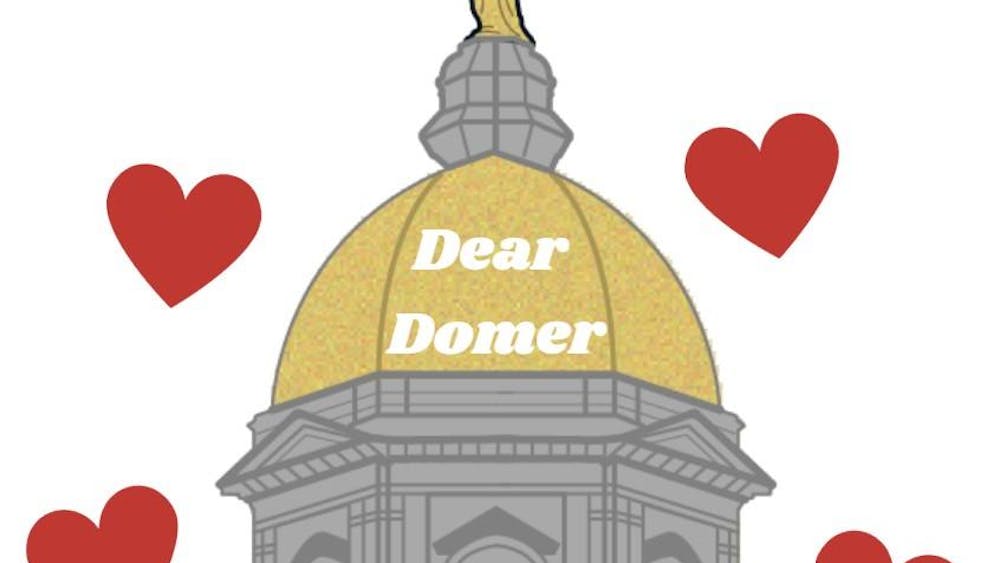Since President Jenkins announced plans to cover the infamous Columbus murals in the Main Building, a number of statements against his decision have appeared on campus and in The Observer. Until very recently, I always thought the murals should be covered as well — and none of the typical arguments had swayed me.
I don’t believe removing the murals would be an affront to Notre Dame’s Italian-American community. Of course, I know the murals depict an Italian, and were painted by an Italian, in a time when it wasn’t easy to be Italian in the United States. But as an Italian–American myself, I’ve never once proudly pronounced my shared heritage with Christopher Columbus. I’ve never known anyone in my family to do so either. There are countless figures in Italian history more deserving of the mantle of hero. These are the people who stand as the successors to Ancient Rome, the people who, during the Renaissance, created some of the greatest and most enduring art in human history. To hold up Columbus as the pinnacle of Italian achievement is insulting.
I certainly wasn’t swayed by conservative political commentator Michael Knowles’ lecture, hosted by the University on Feb. 21. Knowles painted Columbus in a shockingly revisionist light. At the lecture, Columbus was called a hero, a do-gooding genius navigator who brought, with good intentions, the glory of civilization to an unenlightened race of indigenous people. Even a surface level knowledge of history reveals this isn’t true. This understanding of Columbus ignores every account of enslavement, of disease, of murder and rape. It ignores genocide, it ignores false notions of cultural superiority. It ignores the truth.
I’d yet to hear anything that made me believe the murals should remain uncovered. Then, the other day, I was watching some old episodes of “Looney Tunes,” which I do more often than I’d like to admit. I noticed that the cartoons now begin with a disclaimer. It reads:
“The cartoons you are about to see are products of their time. They may depict some of the ethnic and racial prejudices that were commonplace in American society. These depictions were wrong then and are wrong today. While the following does not represent the Warner Bros. view of today’s society, these cartoons are being presented as they were originally created, because to do otherwise would be the same as claiming these prejudices never existed.”
I had definitely seen this message before but, for the first time, it resonated with me. Warner Bros. is right. If they were to edit their cartoons, if they were to remove every stereotype, every offensive joke, they would be ignoring the faults of our past. They would effectively say racism never existed, that we did not once live in a society far less equitable than today. They would be forgetting where society has come from. Instead, they acknowledge they were wrong, they rightfully admit their culpability in the way we viewed the world. If “Looney Tunes” can do it, Notre Dame can as well.
The Columbus murals are offensive. Their depictions are historically inaccurate. But to cover them up is to ignore the problem they represent. To cover them up is to say that we have done no wrong, that Notre Dame and the United States did not once idolize Columbus and his journeys. We very much did. And some still do. To cover the murals would be to declare the battle to end prejudice over and won. It’s not. This is our past. This is what we were, what we believed. And until such day that the battle is won, we need to be reminded of that. As “Looney Tunes” teaches us, it’s not time to forget the lessons of history.
How ‘Looney Tunes’ changed my mind on the Columbus murals
The views expressed in this column are those of the author and not necessarily those of The Observer.









